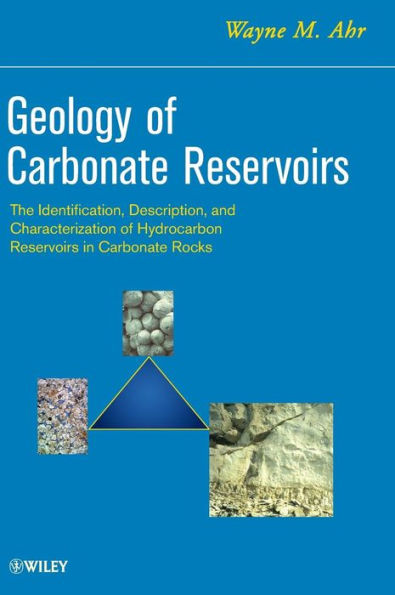Geology of Carbonate Reservoirs: The Identification, Description and Characterization of Hydrocarbon Reservoirs in Carbonate Rocks
1112104434
- An accessible resource, covering the fundamentals of carbonate reservoir engineering
- Includes discussions on how, where and why carbonate are formed, plus reviews of basic sedimentological and stratigraphic principles to explain carbonate platform characteristics and stratigraphic relationships
- Offers a new, genetic classification of carbonate porosity that is especially useful in predicting spatial distribution of pore networks.
Geology of Carbonate Reservoirs: The Identification, Description and Characterization of Hydrocarbon Reservoirs in Carbonate Rocks
- An accessible resource, covering the fundamentals of carbonate reservoir engineering
- Includes discussions on how, where and why carbonate are formed, plus reviews of basic sedimentological and stratigraphic principles to explain carbonate platform characteristics and stratigraphic relationships
- Offers a new, genetic classification of carbonate porosity that is especially useful in predicting spatial distribution of pore networks.
129.95
In Stock
5
1

Geology of Carbonate Reservoirs: The Identification, Description and Characterization of Hydrocarbon Reservoirs in Carbonate Rocks
296
Geology of Carbonate Reservoirs: The Identification, Description and Characterization of Hydrocarbon Reservoirs in Carbonate Rocks
296
129.95
In Stock

From the B&N Reads Blog
